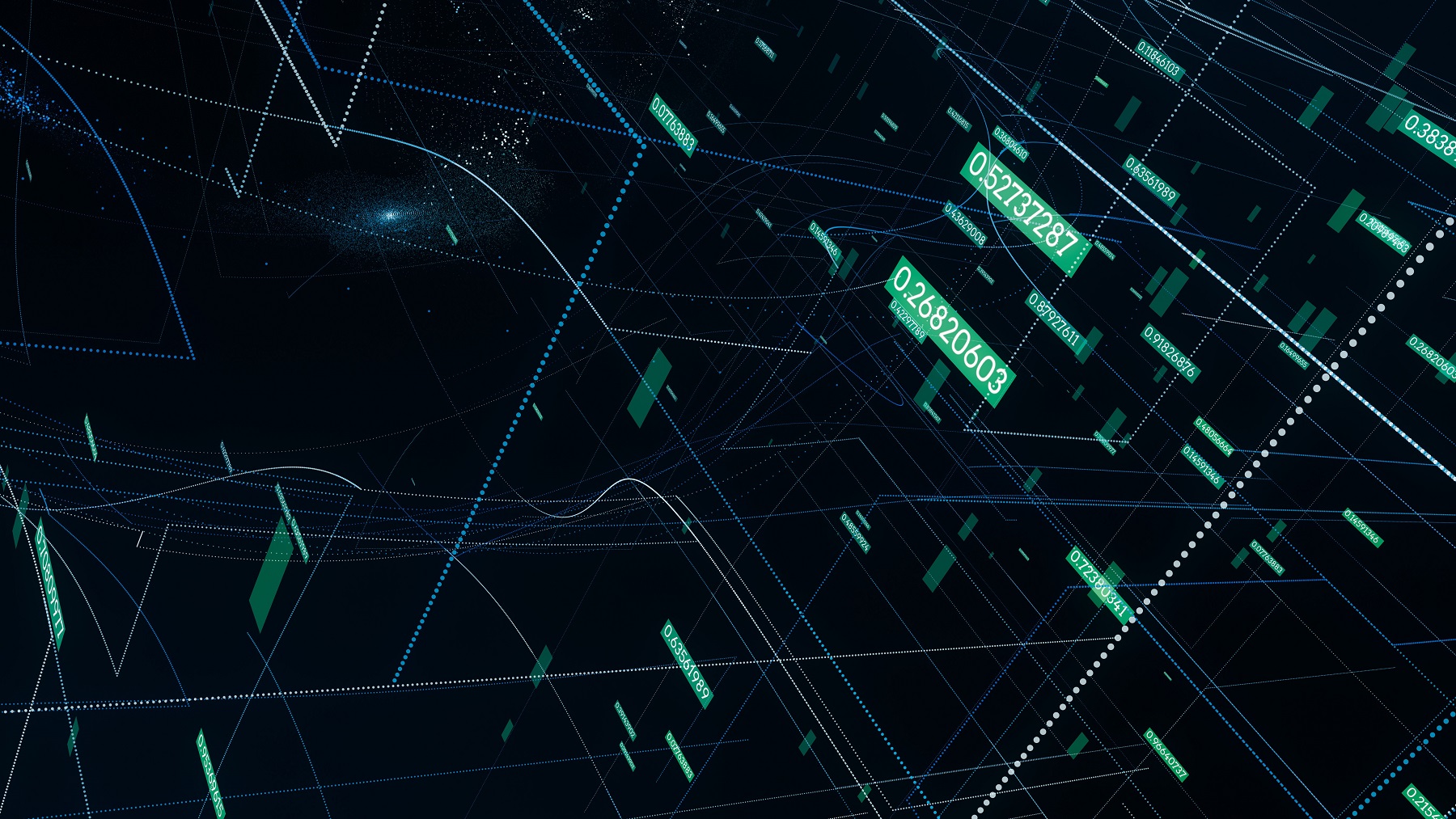AI-driven capabilities continue to create unprecedented value for organisations, while digital ethics is now the basis of a business model.
That’s according to Gartner, which has revealed its top 10 strategic technology trends for 2019.
The global research firm defines a strategic technology trend as “one with substantial disruptive potential that is beginning to break out of an emerging state.”
These trends each fall under three themes to create what Gartner dubs the ‘intelligent digital mesh’.
“The Intelligent Digital Mesh has been a consistent theme for the past two years and continues as a major driver through 2019,” said vice president and Gartner Fellow, David Cearley.
“For example, artificial intelligence (AI) in the form of automated things and augmented intelligence is being used together with IoT, edge computing and digital twins to deliver highly integrated smart spaces.”
Trend 1: Autonomous things
With AI now filtering into nearly every technology, it is changing the way humans interact with their environment.
Robotics, vehicles, drones, appliances and agents are the five types of autonomous things. These five types occupy four environments: sea, land, air and digital.
With virtually every IoT device using some level of AI technology, the technology will only become more prevalent.
Trend 2: Augmented analytics
Augmented analytics is the automation of data analytics, as data scientists use automated algorithms to explore hypotheses and identify hidden patterns by removing personal bias.
Gartner predicts that by 2020, more than 40% of data science will be automated.
This will result in data insights being more widely available across businesses.
Trend 3: AI-driven development
AI-driven development is the use of AI for the development process of tools.
This will cause a shift from data scientists working with developers towards developers operating using predefined models.
.png)
Source: Gartner
Trend 4: Digital twins
Digital twins will soon be the norm, according to Gartner, with IoT driving necessity.
“This concept of a digital twin is being used to monitor real world assets and drive significant savings in maintenance, repairs and operation,” said Clearley.
While it is not a new concept, today’s digital twins link to the real world in real time.
Trend 5: Empowered edge
The empowered edge refers to technology driving greater capabilities into edge devices such as wide area network (WAN) devices.
These edge devices, that are becoming more necessary in an embedded IoT world, are slowly being bolstered with sensors, storage and AI capabilities.
Trend 6: Immersive technologies
Immersive technologies that change the way users interact with the world, like augmented reality, mixed reality and virtual reality are all set to be key trends for 2019.
These technologies show potential for increased productivity.
Gartner predicts that by 2022, 70% of enterprises will be experimenting with immersive technologies for consumer and enterprise use, while 25% will have deployed to production.
Trend 7: Blockchain
Blockchain falls under the ‘mesh’ theme as it allows companies to trace transactions and work with untrusted parties without a centralised party.
However, Gartner explains blockchain technologies are currently immature and hard to scale, meaning its true impact may not be felt for some time.
It predicts blockchain will create $3.1T in business value by 2030.
Trend 8: Smart spaces
Smart spaces are the spaces where humans and technology-enabled systems interact.
Other trends such as AI-driven technology, edge computing, blockchain and digital twins are helping drive the smart spaces trend.
Gartner predicts these smart spaces will “enter a period of accelerated delivery” as technology becomes more integrated.
Trend 9: Digital ethics and privacy
Gartner predicts an ethical shift in privacy as businesses face consumer backlash for failings.
“The conversation should move from ‘are we complaint?’ toward ‘are we doing the right things?’” it says.
Increased regulation and the growing expectation of consumers around data protection is driving this trend.
Trend 10: Quantum computing
As breakthroughs in quantum computing continue, real-world applications for the technology emerge.
These range from personalised medicine to optimisation of pattern recognition. It expects the technology to remain in its “exploration phase” through to 2022.










